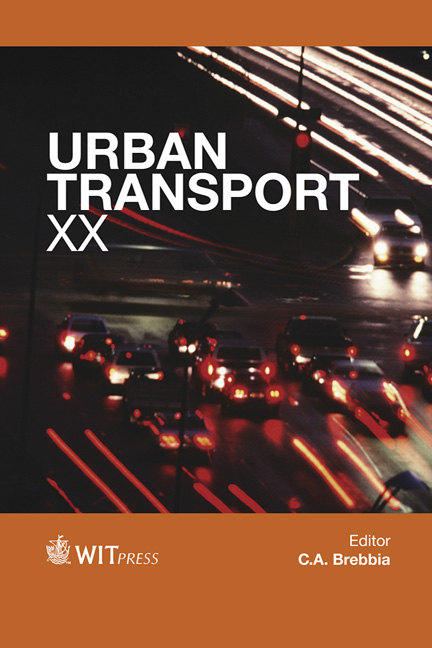How Are Vehicles Running In Underground Expressways?
Price
Free (open access)
Transaction
Volume
138
Pages
11
Published
2014
Size
987 kb
Paper DOI
10.2495/UT140391
Copyright
WIT Press
Author(s)
Y. Wang, Y. Liu & S. Zheng
Abstract
With advantages of less land use and better protection for urban landscapes, the underground expressway has become a new solution for urban traffic problems. Relevant safety studies are deficient despite of their significance in urban road networks. The differences between expressways on and under the ground made it inappropriate to apply the detailed design of the former directly or mechanically to the latter. In order to improve transport safety in underground expressways, the operational characteristics of vehicles in expressways were thoroughly compared. Natural driving experiments were carried out in three underground expressways in Shanghai, China. Traffic flow data and lane information were obtained from the Monitoring Center and the Tunnel Management Center by using detection coils and gun-shaped HD cameras respectively. Speed, headway and lateral movement were chosen as key indicators of vehicle characteristics. The results of research on their relations not only reveal how expressways are different, but also emphasize transport safety problems and potential risks in car-following scenarios. It is also concluded from vehicle track analysis that instead of symmetrical distribution, the distance to the right-side wall for vehicles running on the right lane is 0.55 m greater (at 95% confidence level) than the distance to the left-side wall for vehicles running on the left lane. Therefore, taking into account its own width, a vehicle running in the right lane has the tendency to invade the left lane, increasing the risk of lateral collision. Suggestions were also made on safety improvement.
Keywords
underground expressway, visual environment, vehicle running characteristics, car-following scenario.





